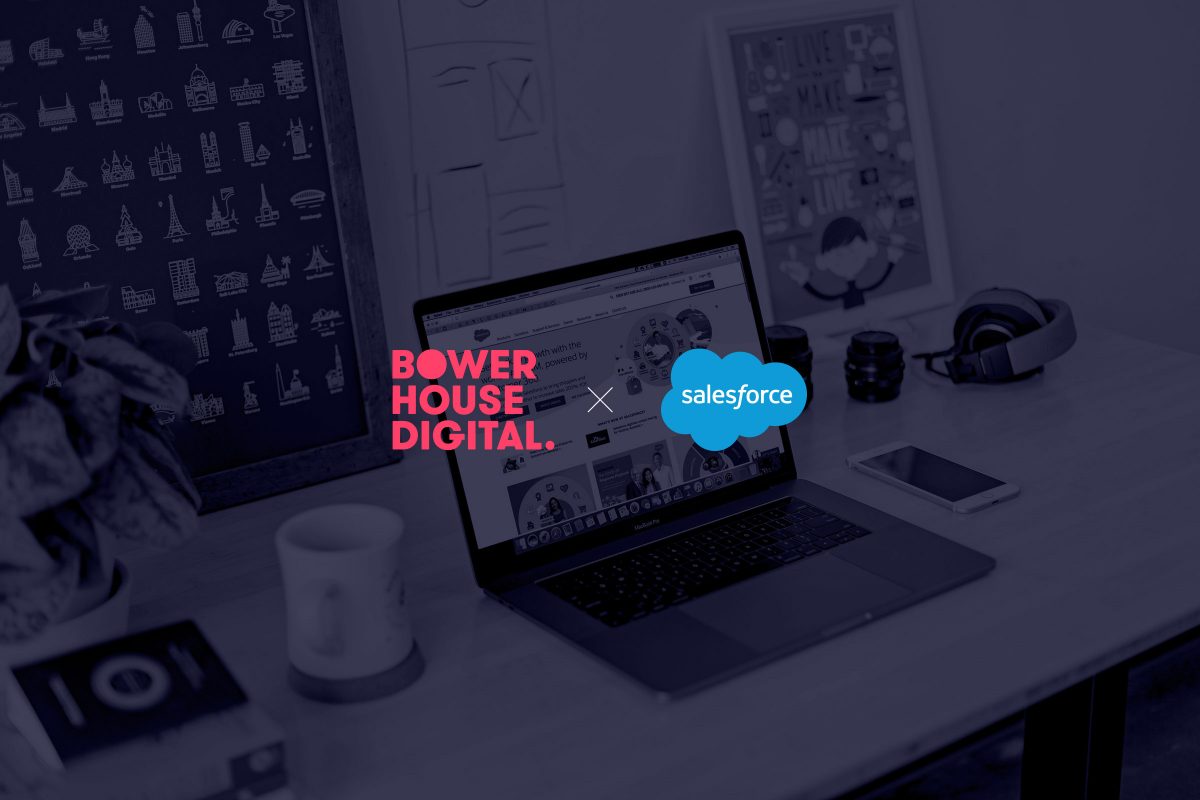Excited to be starting the new year with the January 2020 Release of Salesforce Marketing Cloud that is going live from the 25th of January just before our Australia Day celebrations.
Some highlights are included below but you can read the full official release notes here.
Contact Builder
Record Count Column Included in Contact Builder Data Extensions
Data Extensions viewed from the Contact Builder will now display a new column called Record Count.
Label Changes in All Contacts View
The All Contacts View will now display the Marketing Cloud channel product name on the filter sidebar for the following channel name labels:
Contact Builder > All Contacts.
- SMS label is now MobileConnect
- Push label is now MobilePush
- OTT label is now GroupConnect
Content Builder
Build Messages with Sitecore Content Hub Content
For customers who purchased Sitecore Connect for Salesforce Marketing Cloud, you can now manage assets across multiple versions, assets that expire after a predetermined time, and digital rights. You can now build Content Builder messages with assets stored in Sitecore Content Hub (StyleLabs).
Journey Builder
Create, Send, and Monitor Single Send Journeys from Journey Builder
For a more streamlined user experience in Journey Builder can now be used to send all your emails. When creating a new journey, you many choose to create a Multi-Step Journey or a Single Send Journey.
This feature allows you to manage all your email sends from a unified workspace to increase visibility across campaigns and streamline navigation. This simplifies the on-boarding for new team members since there is a unified user experience for both types of sends.
MobileConnect
Access MobileConnect Admin Pages from Marketing Cloud Setup
With this release of Marketing Cloud, you can now access the MobileConnect Admin pages from the Marketing Cloud Setup. The page functionality remains the same.
Find Your SMS Analytics Faster with the Updated Message Name
When sending SMS messages through Journey Builder, these now use the Activity Name as the Message Name in all reports and data extracts. You also have full control of your SMS message name. The Report ID is no longer populated for Activities created after the new release. Unfortunately, existing and running journeys do not show this change.
Marketing Cloud Platform
SameSite Chrome Changes
Google’s SameSite cookie change is to be released with Chrome 80 in February 2020. Marketing Cloud has evaluated the use of cookies within their applications and are implementing fixes to ensure the Marketing Cloud applications are unaffected. Customers using iFramed components in browser operations could be impacted and these should be examined for compatibility.
Create New Marketing Cloud Users Directly from Setup Home
Salesforce has made it easier to create new users quickly directly from Setup Home. Basic name and contact information are added in the first step and then one or more Marketing Cloud roles are added in the second step. Once you have reviewed your information, click Create, and your new user is created and receives a notification email and a temporary password.
Marketing Cloud Provisioning Is Changing
Great news, Marketing Cloud Provisioning is now changing and aligning with other Salesforce clouds and standardising the provisioning features based on products or SKUs purchased. You may see features added to your account as a part of new provisioning requests. These may occur at your renewal or even outside of your renewal time frame.
Add Up to Three SFTP Accounts Per MID
Up to three FTP accounts per MID are now permitted. These users can be created or deleted in the Setup section of your account. This allows you to restrict account access by specifying the IP addresses a user can access the account from. Different users can now be assigned to different business units as needed.
Remove Salesforce Logo from Marketing Cloud Email Footers, Default Profile, and Subscription and Unsubscription Pages
The Salesforce logo in Marketing Cloud email footers is being replaced with a blank image and does not impact the formatting or your footer. Footers can be accessed from the Account Settings section of Marketing Cloud Setup.
The Salesforce logo in the default Profile and Subscription pages have also been replaced with a generic logo. This logo is accessed from Brandbuilder in Marketing Cloud Setup.
Marketing Cloud Einstein
Set a Custom STO Send Window
Einstein Send Time Optimisation (STO) now lets you select a custom window of time for your email send, providing flexibility when sending shorter promotional campaign sends or observe 2–6 day windows. When you don’t have enough data to create a personalised model, you can now set a default for unmodeled contacts to control how Einstein STO handles these contacts.
Social Studio
Remove Connected Personal Accounts from Social Studio
You can now delete registered Facebook, Instagram or Google My business pages that were previously registered with your own personal accounts from Marketing Cloud Social Studio. There is no longer a need to transfer these pages to a new user.
Create Instagram Stories in Social Studio and Push to Mobile to Publish on Instagram
In Marketing Cloud Social Studio you can now create Instagram stories, assign the post to a mobile user to then post the story from Instagram.
Advertising Studio
Updates to the Lead Capture Dashboard
The Lead Capture application is available from the AppExchange and you can now sort, search, filter, receive notifications, and re-authenticate directly from the Lead Capture dashboard. This is available to all clients.
End of Life
With the January 2020 release the following are retiring:
- Marketing Cloud Campaigns Approvals & Approvals Classic
- Use Content Builder Approvals to approve emails.
- Classic Live Content
- Use Content Builder partner blocks or the Content Builder Block SDK to create live content.
- Microsoft Dynamics CRM Connector
